“If I see an ending, I can work backwards.” Arthur Miller
My experience as a curriculum designer to date has involved working with subject matter experts to design participatory skill-building training programs from scratch.
Yet I was recently presented with a very different curriculum design situation. The training program was already in place. It was PowerPoint and lecture-based.
The challenge was to identify where participatory learning activities would be most effective in either: conveying the information, checking for comprehension, and/or providing an opportunity to apply and test new techniques.
At first I was somewhat taken aback by this revisionist approach. I am accustomed to designing a lesson plan by: establishing learning goals; determining specific, observable and measurable learning objectives that will accomplish those goals; and creating learning activities to achieve those learning objectives.
In this case, there were neither learning goals nor learning objectives from which to build a program. There was also no lesson plan that outlined what was intended or required in the training program- and no one was asking me to design one.
Instead, they wanted me to: (1) identify where participatory learning activities would best be inserted into the existing program; (2) propose what learning activities would be most effective; (3) work with subject matter experts to design the learning activities; (4) create facilitator guides that would instruct trainers in how to best facilitate those activities; and (5) conduct a train-the-trainer program to model how to facilitate participatory activities and give the instructors an opportunity to practice facilitating them.
My major goal was to change the focus of the program from expert presenter to something much more learner-centered. With this in mind, I sought to discover every place where lecture could be replaced.
This is the process I used:
- Review the PowerPoint slides and their content for each module.
- Outline the probable desired levels of learning in each module.
- Identify where the learners might have previous knowledge of the content.
- Consider where it would be possible for the learners to gain the information on their own.
- Determine where it would be helpful to insert activities to check learner comprehension.
- Pinpoint the skills or procedures that the learners should practice because they would be expected to apply it on the job.
- Specify possible learning activities for each module.
- Ensure that the learning activities would: (a) accomplish the desired learning level; (b) meet the needs of different learning styles; and (c) have sufficient variety to engage the learners and maintain their interest.
- Collaborate with the subject matter experts to develop the content and/or the answer keys for the learning activities, where applicable.
- Design the learning activities, for the review and approval of the subject matter experts.
- Write a facilitator guide for each activity, outlining the: (1) time needed; (2) learning objective; (3) level of learning required; (4) learning activity; (5) room set up; (6) necessary handouts; (7) instructions for setting up, facilitating and debriefing the activity; (8) answer key; (9) audiovisual needs, if any; (10) equipment needs, if any; and (11) evaluation level and activity to assess if learning has occurred.
- Design and facilitate 2 ½ day train-the-trainer structured to ensure that the instructors gained a clear understanding and appreciation of the importance of adult learning principles and participatory learning techniques in the design and facilitation of a training program.During this program, I modeled the different learning activities that were now incorporated into the technical training program. The instructors also had an opportunity to practice and become comfortable facilitating one of the new activities.
Thanks to the openness of the subject matter experts, who had designed the original program and currently taught the course, this new approach to curriculum design achieved its purpose.
Was it the ideal way to approach the design? No. We have only identified in general where the participatory activities should be inserted. We haven’t worked through where they would specifically be inserted, how they would be inserted, what slides would be eliminated or revised, how to move from PowerPoint slide handouts to a participant manual, etc.
Hopefully, that will be the next stage in this redesign project.
May your learning be sweet.
Deborah





